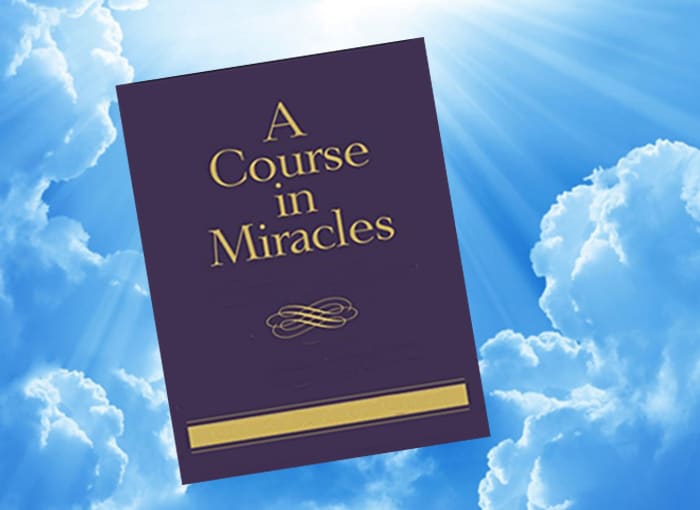As educational careers and instructional certifications become more specialized, acim app graduate programs are reflecting this by encouraging students to declare a concentration within their education degree program. A concentration makes educators more attractive, often broadening their career prospects and better preparing them to meet the challenges of being an education professional.
While it’s typical for a student to declare a minor in a different field altogether-say, an international trade law major might choose a minor such as Chinese language if he or she intends to work within the Asian marketplace-a concentration is often closely linked with the major, more tailored to a specific job description. Someone looking to establish a career related to electronic teaching methods and new media in education, for instance, might pursue a masters degree in education with a concentration in distance learning, or instructional technology.
Credit hour requirements for concentrations vary greatly; programs typically require anywhere between 12 credit hours and 36 credit hours to complete degree requirements for a concentration within the primary degree program. This varies from one institution to the next, and of course, is dependent on the nature of the concentration itself. Let’s take a look at a few education degree programs and concentrations to see what’s out there, and to help you better understand how selecting an education concentration might best serve your goals.
Educational Technology
Instructional or educational technology is a growing field that emphasizes the use of technology in education, both in the classroom and as a platform for distance learning programs. It encourages the design and implementation of a wide variety of tools to facilitate and advance students’ potential for learning. With modern curricula being built around the use of digital technology and new media, a master’s degree in education with a concentration in educational technology provides teachers with a valuable technological skill set and a solid working knowledge of e-learning methods. Those who understand and embrace these emerging learning methods are in high demand these days, whether it be in education or in private and corporate settings. Check out the International Society for Technology in Education’s Educator’s Resource page to learn more about this exciting, ever-changing field.
Curriculum and Instruction Strategies
A masters degree in education with a concentration in curriculum and instruction strategies can help teachers improve and strengthen their classroom practices. Exploring such areas as student literacy, inclusion and educational leadership, this concentration helps prepare instructors to better implement practical solutions to problems encountered both inside and out of the classroom. There are plenty of related concentrations in education that are associated with curriculum and classroom methodologies that can also benefit administrators, curriculum developers and department heads, among others. In addition, various teacher certifications are contingent upon completing concentrations like curriculum and instruction strategies.
Inclusion
As a practical theory, inclusion is another name for (or synonymous with) what may have been formerly known as “special education”. New educational models emphasize the inclusion of special needs children in the traditional classroom-built around the premise that children who learn together, learn to live together. A concentration in inclusion is designed to provide K-12 classroom teachers and administrators with critical theory and practical knowledge related to special education inclusion-offering educators the opportunity to study and improve upon professional practices, and in some cases, receive special education teacher certification as well.
Language and Literacy
Concentrations emphasizing reading, writing and literacy allow students to focus their attention on the study of how people develop, communicate and process written and spoken languages. This field explores complex relationships between these developmental processes, and how they reflect and relate to institutions, communities and cultures. Naturally, this field appeals to teachers of language and writing, but also has crossover value to those involved in studying new communication methods, particularly as they relate to technological advancement and ever-changing modes of communication. A concentration in language and literacy can prepare students for a broad array of career options, and also puts the graduate student in touch with the most fundamental elements of education: language and communication. The International Reading Association offers an excellent online resource, full of journals, publications and helpful Web tools for literacy and language professionals worldwide.
Hopefully this article has generated some ideas and gotten you thinking about how you can augment your education graduate program with a concentration-maybe you had already considered exploring one of the concentrations listed above. Again, it’s important to remember that specialization is the name of the game now, and while you’re beginning to pursue a graduate degree in education, give some serious consideration to setting yourself up with a concentration of study; you’ll be that much more successful and fulfilled as an educator in the long run.
